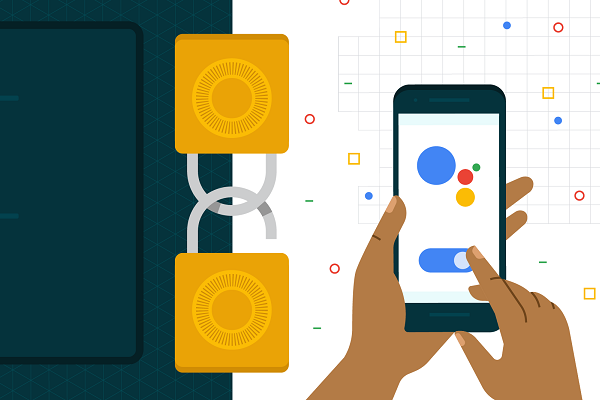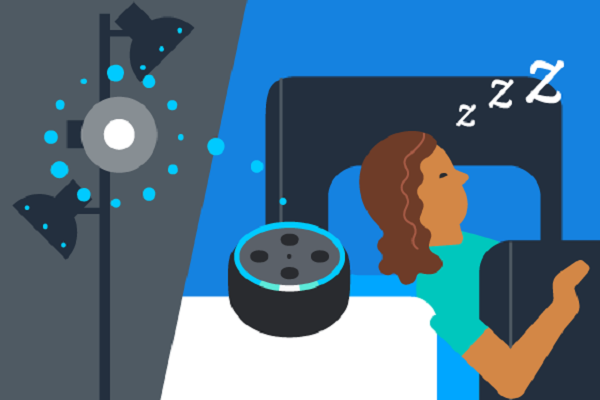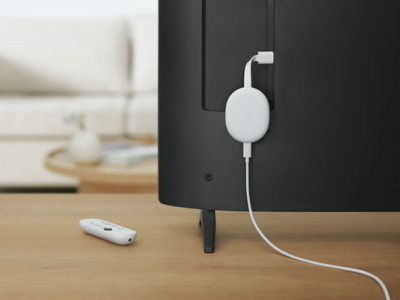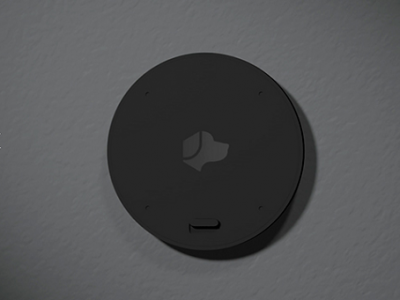

Google Assistant announced a policy update for developers connecting smart home devices to Google Assistant Actions. Companies need to prove their product meets the brand new quality and safety standards, or Google won’t allow them to market the unit as one that actually works using the voice assistant.
Quality Safety
Google divided the brand new rules underneath the heading of quality or safety, but they all are aimed at an objective of consistent developer and user experience, laying a basis level that Google Assistant Actions have to reach simply to be available. Quality, in this instance, describes a tool responding quickly and accurately when Google Assistant uses the related Action. Which means devices relying on the cloud can’t use mobile devices but require a constant connection to a hub. Google also created a listing of commands each type of device should be able to perform, and the other those of functions it recommends but doesn’t require. For instance, smart coffee machines need to allow Google Assistant to turn them off or on, but a temperature control command is just a suggestion.
Meanwhile, the brand new security rules are built around secondary user verification, one more test to prove a user’s identity by means of a PIN or simply Google Assistant confirming what the user is asking. Any device with a security element, just like a door lock or alarm system, must range from the option for secondary verification, but users can adjust their settings to seal them back if they don’t want to use it. The circumstances when ever Google Assistant requests verification may also be adjusted. Google describes the voice assistant as potentially challenging somebody that really wants to unlock a door only if they don’t have a keyfob linked to the lock in it.
“As more developers onboard towards the Smart Home Actions platform, we have gathered feedback concerning the certification process for launching an Action,” developer advocate Toni Klopfenstein explained in a article. “[W]e have updated our Actions policy to allow developers to more quickly develop their Actions, and also to help streamline the certification and launch process for developers. These updates will even help to give a consistent, cohesive experience for smart device users.”
Tightening Rules
If a device can’t satisfy the new standards, Google will remove its ‘Works together with Hey Google’ badge. No new badges will be issued to devices that don’t conform, but Actions already being produced is going to be checked when they're checked for annual recertification. The changeover is going to be fast but not immediate. Developers have until April 12 to update their product. The new policy’s timing seems to tie it to Google’s decision to prevent supporting web site Actions for Google Assistant feature after this month. The shutdown, announced last year, brings a finish to Google’s direct treatments for the no-code tools for creating voice apps, which will certainly be open-source.
Google had already begun a similar process for child-focused apps in January. Google Assistant Actions for Families (AFF) are now being restricted to developers with apps on Google Play marked Teacher Approved, meaning the voice experience essentially needs some type of mobile app. Approved Actions within the AFF program are identified using their own badge within the Assistant directory, and those who had an AFF needed to reapply to obtain permission to connect among the badges. All together, these moves paint an image of how Google envisions its developer ecosystem and that it feels comfortable pushing for a old, professional coalition compared to the more Wild West days earlier within the voice tech space.
















